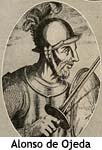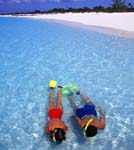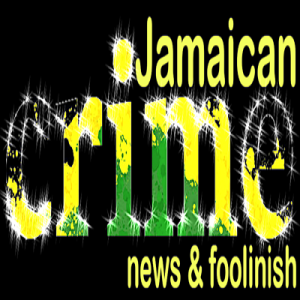The first inhabitants of Bonaire were the Caquetios Indians from Venezuela. Archeologists believe they arrived by canoe at the beginning of the 11th century.
 In 1499, Alonso de Ojeda discovered Bonaire and the neighboring island of Curacao. It was first called Isla do Palo Brasil or “Island of Brazilwood.”
In 1499, Alonso de Ojeda discovered Bonaire and the neighboring island of Curacao. It was first called Isla do Palo Brasil or “Island of Brazilwood.”
The Spanish eventually decided that Bonaire, as well as Aruba and Curacao, were without much value, so in 1515 they forcibly deported the natives to work as slaves in the copper mines on the island of Hispaniola.
In 1526, Juan de Ampies was appointed Spanish commander of the ABC Islands, Aruba Bonaire, and Aruba. He quickly brought back some of the original Caquetios Indian inhabitants to Bonaire and Curacao as laborers.
Most Spanish occupiers left Bonaire for South America (in search of gold) and Bonaire was consequently attacked in 1633, then occupied in 1636, by the Dutch West India Company and used as a military outpost and trade base; the same was true for the neighboring islands of Aruba and Curacao.
In short order, the “ABC Islands,” as well as the islands of St Eustatius, Saba, and Sint Maarten in the northeastern Caribbean (all) became overseas territories of the Kingdom of the Netherlands.
Bonaire was transformed into a plantation by the Dutch, and a relatively small number of African slaves, Caquetios Indians, and convicts were put to work growing corn and harvesting salt.
Through the early 1800s, the Dutch lost control of Bonaire to the British more than once. The same was true of its neighbors. The ABC islands were finally returned to the Netherlands under the Anglo-Dutch Treaty of 1814.
 In 1825, there were about 300 government-owned slaves on the island. Gradually many of the slaves were freed on September 30, 1862, under the Emancipation Regulation.
In 1825, there were about 300 government-owned slaves on the island. Gradually many of the slaves were freed on September 30, 1862, under the Emancipation Regulation.
In 1867 the Dutch government sold most of the public lands, and later the saltpans. Consequently, because the island now had only a few private landowners, jobs were scarce, and many of the people moved away.
With World War II raging in Europe, Bonaire became a British protectorate from 1940 to 1942 and a US protectorate from 1942 to 1945.
In May 1948, a new constitution for the Dutch overseas territories was crafted, allowing the largest amount of autonomy allowed under the Dutch constitution. Among others, universal suffrage was introduced, and the territory was renamed the “Netherlands Antilles.”
A decade after the war ended in Europe, the economy of Bonaire slowly took hold. Salt production resumed in 1966 and when the Bonaire Petroleum Corporation (BOPEC) oil terminal was opened in 1975, the economy exploded.
On 10 October 2010, the Netherlands Antilles was dissolved, making Bonaire a constituent country of the Kingdom of the Netherlands.
 Bonaire’s economy is today mainly based on tourism. It has a reputation as one of the finest snorkeling and scuba diving locations in the world, as well as world-class windsurfing destination.
Bonaire’s economy is today mainly based on tourism. It has a reputation as one of the finest snorkeling and scuba diving locations in the world, as well as world-class windsurfing destination.
Tourism in Bonaire is contemporary and mostly based on time-share resorts. There are a few large resort-style hotels on the island, as well as a handful of small bed and breakfasts.



